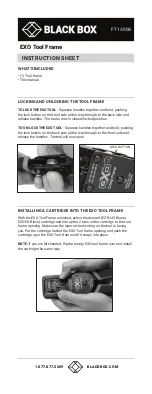
Troubleshooting
34
After multiple reboots a node is missing
If a node reboots five times within 10 minutes, the node loads the second saved
firmware image.
•
The previous firmware, if older or different from the firmware of the other
nodes in a mesh network, might not be recognized by the mesh and HotView
Pro will not detect the node.
To prevent this behavior, always upgrade the firmware image on each node
two times, so both images are the same.
•
When you upgrade an image, the system overwrites the current
configuration. Any configuration changes you make to the new image are
not copied to the backup image. Sometimes, when you revert to the backup
image, a node might not immediately recover.
•
Check for self-interference. Radios 1 and 2 in a node cannot connect to each
other because HotView Pro does not let you configure Radios 1 and 2 within
a node to use the same channel.
Self-interference on the same node is caused by antennas that are too close.
In the case of directional antennas, we recommend at least 1 meter (3 feet)
of physical separation.
Self-interference within a mesh happens when nodes operate on the same
channel. You can reduce mesh interference with:
-
Multi-hop optimization
-
Strategic alignment of antennas
-
More channel diversity in the mesh
Static routes
The use of static routes with an edge node is not recommended.
If you enable a static route on an edge node, and the neighbor radio to which the
edge node connects becomes unusable, the node cannot recover the link with
another neighbor.
Performance not as expected
If the network performance is not as expected:
•
Identify reuse in your channel plan. If you have no channel reuse in the
network, do a spectrum analysis.
•
Check for self-interference. For example, the radios in a single device might
connect to each other.
•
Check the frequency plan and make sure that all the radios are configured
correctly.
•
Make sure that each node is connected to the correct devices and nodes.
•
Determine the total throughput with an end to end test.






































